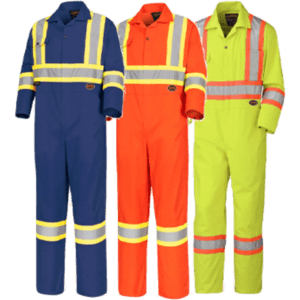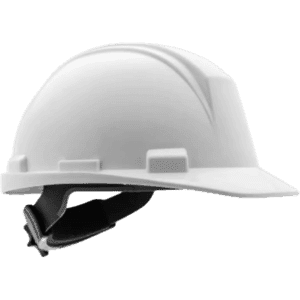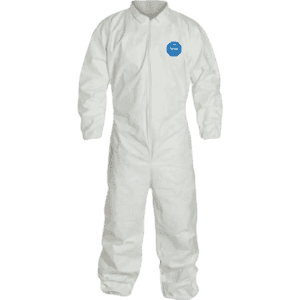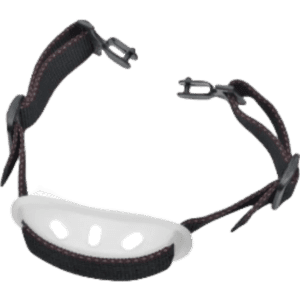Ear muffs are an essential component of hearing protection in noisy work environments, such as construction sites, factories, and airports. They help reduce harmful noise levels that could lead to hearing loss over time. Ear muffs feature padded ear cups and an adjustable headband for a secure, comfortable fit, ensuring optimal protection against high-decibel sound exposure.
Key Features:
- Noise Reduction Rating (NRR): Ear muffs come with varying NRR levels, indicating the degree of sound reduction they offer. Typically ranging from 20-30 dB.
- Comfortable Padding: Padded ear cups ensure comfort during long periods of wear.
- Adjustable Headband: Provides a customizable fit for different head sizes.
- Lightweight and Durable: Designed for all-day comfort without sacrificing protection.
- Additional Features: Some models include integrated communication systems or Bluetooth capabilities.
Types and Standards: Ear muffs are designed to meet standards such as ANSI S3.19 (American) and SASO 670 (Saudi). They are available in different types:
- Standard Ear Muffs: Provide basic noise protection in moderate noise environments.
- Electronic Ear Muffs: Equipped with microphones and speakers for communication in high-noise settings.
- Heavy-Duty Ear Muffs: Designed for high-noise environments with maximum noise reduction.
Brands Available:
3M, Honeywell, Peltor, and Bose are leading manufacturers of ear muffs. These brands offer both passive and electronic hearing protection options suitable for various industrial and commercial applications.
General Maintenance: To maintain ear muffs, wipe the ear cups and headband with a damp cloth to remove dirt and oils. Check for damage to the ear pads and seals, and replace them if necessary. Store the ear muffs in a clean, dry place to avoid any deformities in the padding.





